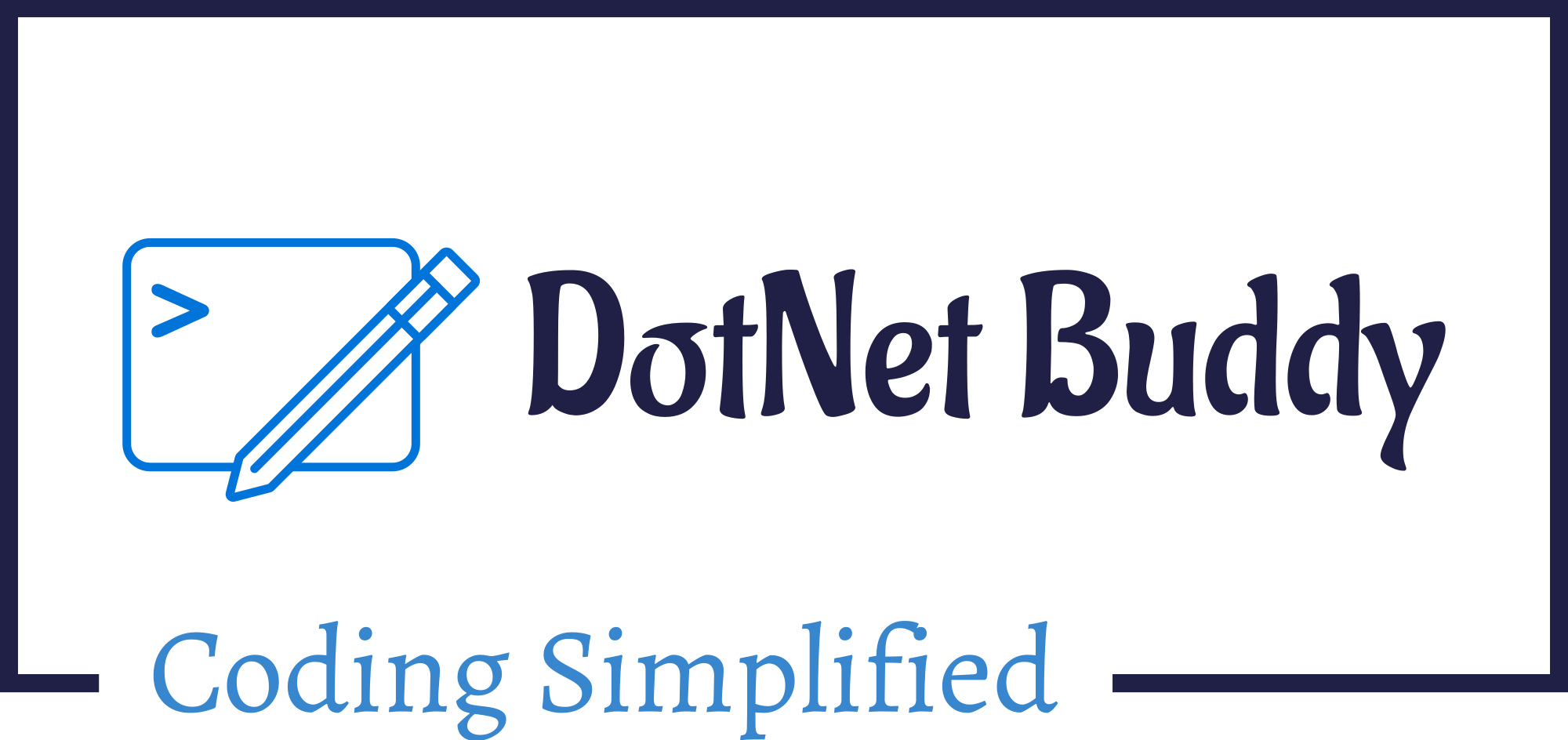Whether you’re developing a web application, a microservice, or a complex enterprise system, Azure Application Insights can help you monitor key metrics, diagnose issues, and track user interactions in real-time.
In the ever-evolving landscape of software development, ensuring the reliability, performance, and security of applications is paramount. As developers, we strive to build robust solutions that not only meet the functional requirements but also deliver a seamless experience for end-users.
In this comprehensive guide, we’ll explore monitoring and logging .NET applications using Azure Application Insights – a powerful service offered by Microsoft Azure that provides actionable insights into the performance and usage of applications.
Understanding Azure Application Insights
Before we dive into the practical aspects, let’s first understand what Azure Application Insights is and how it can benefit .NET developers. Azure Application Insights is a comprehensive application performance management (APM) service that helps developers monitor and diagnose their applications. It offers a plethora of features, including:
- Performance Monitoring: Track the performance of your application, including response times, request rates, and resource utilization.
- Error Tracking: Identify and diagnose exceptions and errors occurring within your application, including stack traces and error messages.
- Dependency Tracking: Monitor external dependencies such as databases, APIs, and third-party services to identify bottlenecks and failures.
- User Analytics: Gain insights into user behavior, including session durations, user flows, and geographic distribution.
- Custom Telemetry: Collect custom telemetry data to track application-specific metrics and events.
Getting Started with Azure Application Insights
Now that we have a basic understanding of Azure Application Insights, let’s dive into how we can integrate it into our .NET applications.
Step 1: Create an Application Insights Resource
The first step is to create an Application Insights resource in the Azure portal. This resource will serve as the centralized repository for all telemetry data collected from your application. Once created, you’ll receive an instrumentation key that you’ll need to configure in your .NET application.
Step 2: Instrument Your .NET Application
Next, you’ll need to instrument your .NET application to start sending telemetry data to Azure Application Insights. This can be done by adding the Application Insights SDK to your project and configuring it with the instrumentation key obtained in the previous step. Depending on the type of application you’re building (web app, API, worker service, etc.), the configuration process may vary slightly.
Step 3: Monitor Key Metrics and Logs
With Azure Application Insights integrated into your .NET application, you can now start monitoring key metrics such as request rates, response times, and error rates in the Azure portal. Additionally, you can leverage the powerful logging capabilities provided by Application Insights to capture detailed diagnostic information, including traces, exceptions, and custom events.
Advanced Features and Best Practices
While the basic setup described above will get you up and running with Azure Application Insights, there are many advanced features and best practices that you can leverage to maximize its effectiveness. Some of these include:
- Alerting and Monitoring: Set up alerts based on custom metrics and thresholds to proactively detect and respond to issues before they impact end-users.
- Performance Optimization: Use Application Insights to identify performance bottlenecks and optimize critical paths within your application code.
- Integration with Azure DevOps: Integrate Application Insights with Azure DevOps to streamline the deployment pipeline and enable continuous monitoring and feedback loops.
- Security and Compliance: Ensure that sensitive data is handled securely within your application and comply with regulatory requirements by configuring data retention policies and access controls within Azure Application Insights.
Conclusion
In conclusion, Azure Application Insights provides .NET developers with a powerful set of tools for monitoring and logging their applications in the cloud. By integrating Application Insights into your .NET projects, you can gain valuable insights into application performance, diagnose issues faster, and ultimately deliver a better experience for your users.
Whether you’re building a small web application or a large-scale enterprise system, Azure Application Insights is an essential tool in your arsenal for building reliable and performant .NET applications in the cloud.

